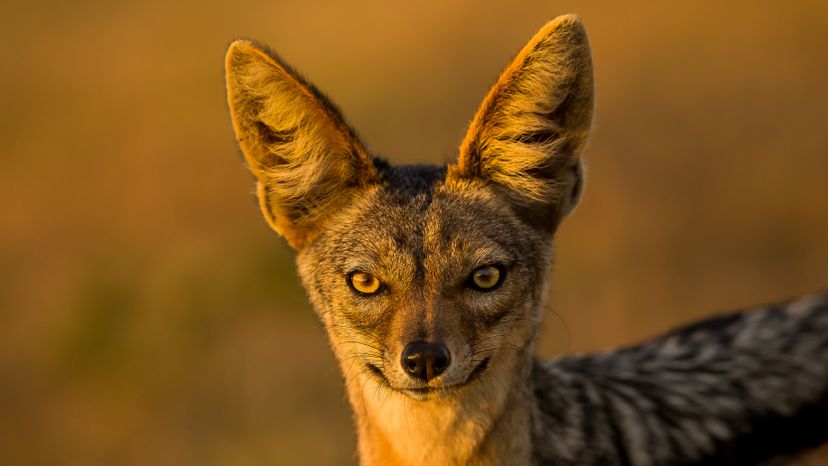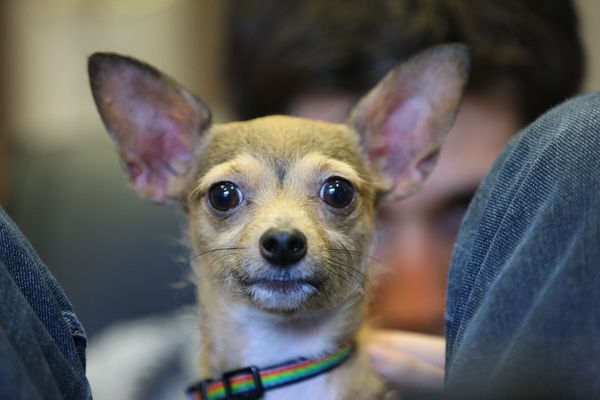
When you hear the word "canine," what image comes to mind? Perhaps a German shepherd brazenly sniffing through your luggage at the airport? Or a wolf howling at the moon? What about a ... jackal? Yes, the 36 species of the Canidae family (also known as "canines" or "canids") includes dogs, wolves, foxes and the oft-forgotten jackal.
Jackals feature prominently in traditional folklore around the world, often as wily tricksters who are up to no good. Jackals inhabit stories like "The Blue Jackal" in the Panchatantra, the ancient Sanskrit fables featuring the animals of India. They also appear in the oral traditions of the Khoi people of southern Africa and even cause mayhem in a TV series spinoff of "The Lion King."
Advertisement
But the fact is that jackals are survivors, successfully thriving because of their resourcefulness and adaptability. Jackals live by their wits and their reputation as the tricksters of the animal world is due to their keen ability to survive.

